Fairground and Theme Park Safety
Finding the line between Thrills and Disaster
Rollercoasters and similar high-speed rides walk something of a tightrope with the experience they deliver.
On the one hand, these rides are expected to thrill, excite and scare; simulating a perilous situation under controlled circumstances. On the other, they need to meet the standards of Health and Safety legislation, being provably secure and able to guarantee safety for thousands of runs over the years.
Building and maintaining a ride that is both perilous enough to be genuinely thrilling and simultaneously totally safe is a tough balancing act, presenting a unique set of Health and Safety challenges in its contradictory requirements; finding the line between thrills and disaster.
As such, perhaps it is no surprise that when even slight misjudgements are made fabricated danger becomes very real, very quickly.
Last week Ohio State Fair’s Afterburner ride flung out passengers resulting in three being critically injured and one man being killed. In response six similar UK machines have been removed from use under HSE orders until “notices have been complied with”.
As an initial reaction to the tragedy it’s to be expected and is quite reasonable, but what of the bigger picture? How far should safety be taken and can ride risks ever be completely eliminated?
A String of Serious Incidents
Theme parks and fairgrounds have been a reoccurring topic in the news for the last few years with a string of serious incidents calling their safety into question.
In June of 2015 Staffordshire’s Alton Tower’s theme park suffered its worst accident in 35 years of operation, when a carriage filled with passengers collided with a test train on The Smiler rollercoaster. The crash resulted in 16 people being injured with the most severe being a pair of teenagers who required leg amputations as a result.
Errors highlighted in the following inquiry included ignoring winds exceeding guidelines, the addition of the test carriage (ironically to confirm safety), the disastrous failure of staff to communicate changes and a final snap decision to override an automated stop to reduce downtime.
The incident landed operator company Merlin Attractions an enormous penalty fine of £5 million, while a controversial reopening of The Smiler itself was beset by an additional breakdown in June this year. In the latter case clear mistakes, such as poor communication and rushed decision-making standout as specific failures. However, in other recent cases the causes and corrective course of action remain substantially vaguer.
In May 2017, an 11-year old girl died from chest injuries sustained on the Splash Canyon ride at Drayton Manor theme park. Thought to have stood up in order to swap seats during the ride over rapids, the affected party was thrown from the boat with post-mortem results suggesting blunt force trauma rather than drowning lead to her death.
Much speculation has been made as to whether the incident was preventable. Four years prior, a 10-year-old boy also fell into the waters on the same ride; rescued relatively unscathed, his mother warning the park the ride was ‘unsafe’ in the aftermath. At the time of writing it remains closed for the ongoing investigation.
Perceived Risk
The complications in addressing the accidents described arise from trying to provide reasonable safety while preserving the thrills which are the rides’ raison-d’etre.
The Smiler incident shows clear disregard for guidelines and safety measures, but incidents like Drayton Manor present something of a grey area. Boat passengers are told to remain seated at all times and hold the rail for support, however reports suggest this advice is frequently disregarded by participants who stand.
Taking things to extremes, there are no shortage of things which could be done to make these rides 100% safe; boats on Splash Canyon could strap in passengers and enclose the sides with windows. Rollercoasters could fit their carriages with surrounding protective covers, remove dangerous loops and keep their speeds under 20mph but would this ever work practically or commercially?
Taking the thrill and managed risks out of rides completely would defeat their purpose and the chances are the industry would collapse.
In the face of death and injury it’s instinctive to look for blame and demand the most extreme response, but in truth the most viable reaction is to close the rides in question during investigation, find out if errors were made and find a solution which maintains the sense of risk inherent in these rides, reducing human error and improving responses to possible accidents.
As some have suggested, perhaps life jackets or a life guard on the boats of Splash Canyon could help to keep people safe while simultaneously preserving the thrilling aspects. Meanwhile, the situation with Ohio State Fair’s Afterburner ride remains uncertain, but it seems fair to say other similar rides will continue to operate with the same high-speed risks and chances of failure.
Rides present what may be a unique situation in Health and Safety. Rather than being a case where ‘risks cannot be completely eliminated’ perhaps they ‘should not be completely eliminated’.
Within the boundaries of thrilling risk we can always do better and careful procedures putting safety first are essential. However, when these tragedies occur it’s important to take a deep breath and keep in mind that rides thrive on perceived risk. What matters is that these risks are reduced as far as is reasonably practicable and that we learn from these mistakes to prevent repetition.
…
Want to read more of our writing on fairground safety? Check out our Volenti Non Fit Injuria blog.
SHEilds Ltd.

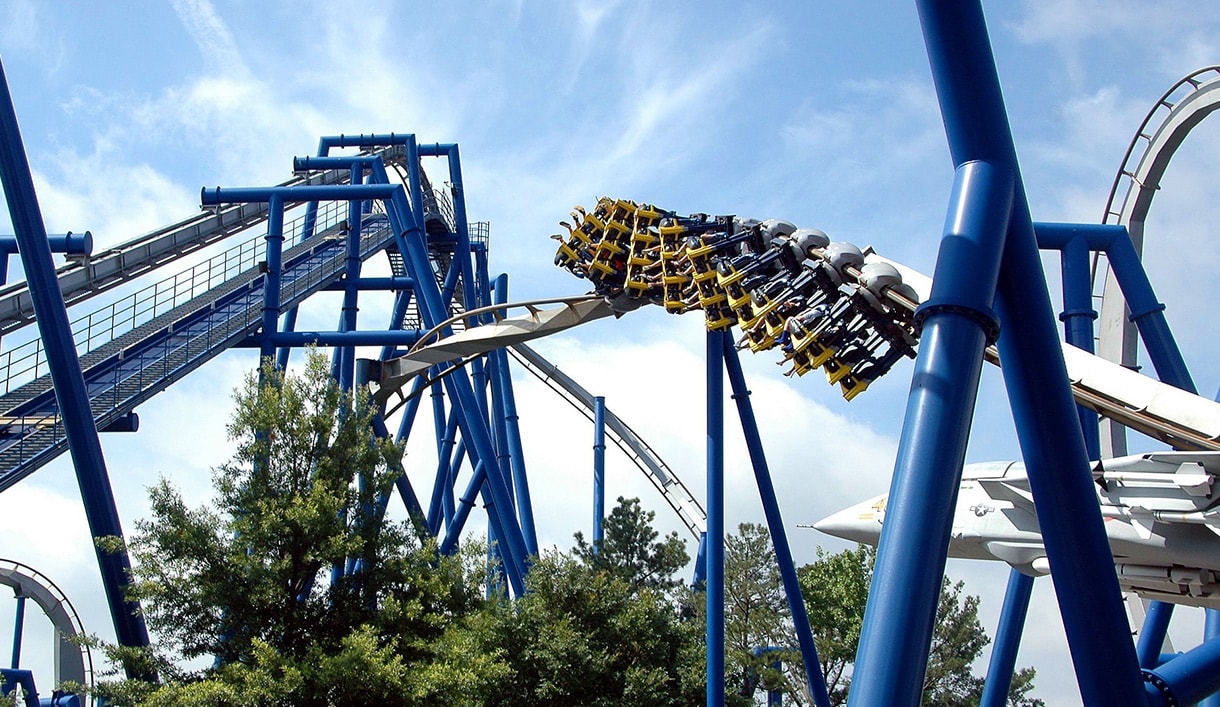

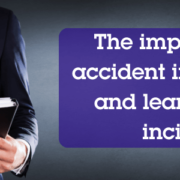
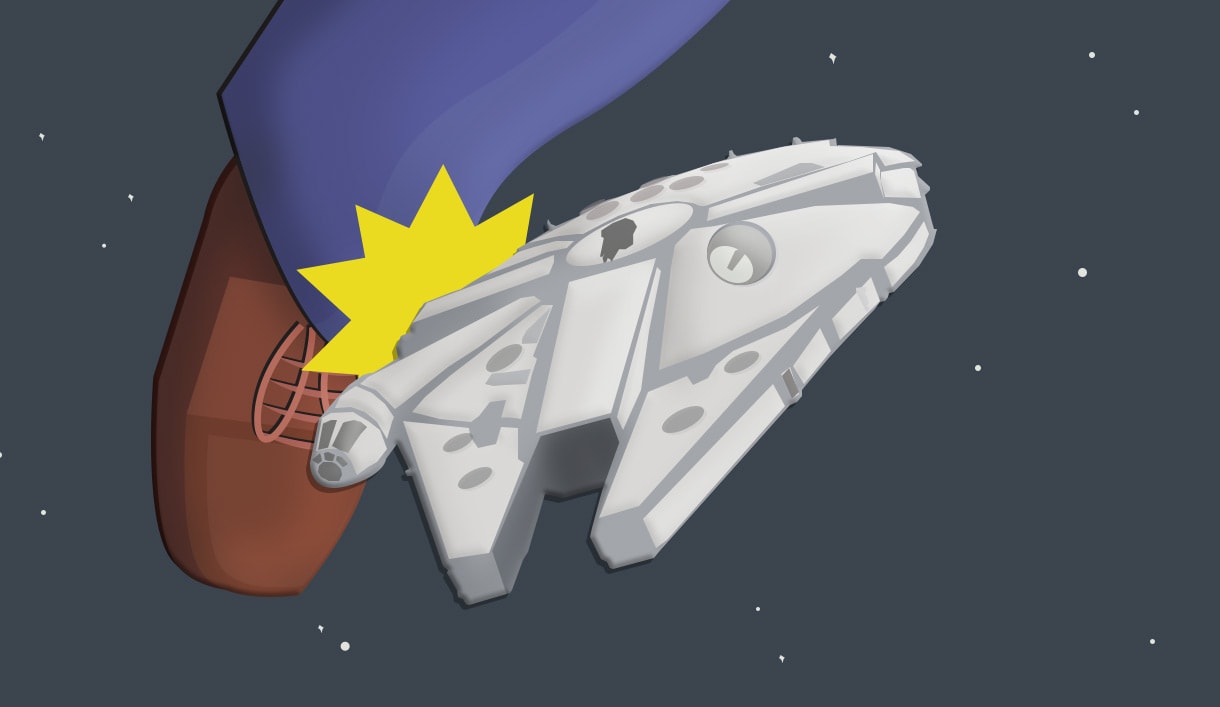

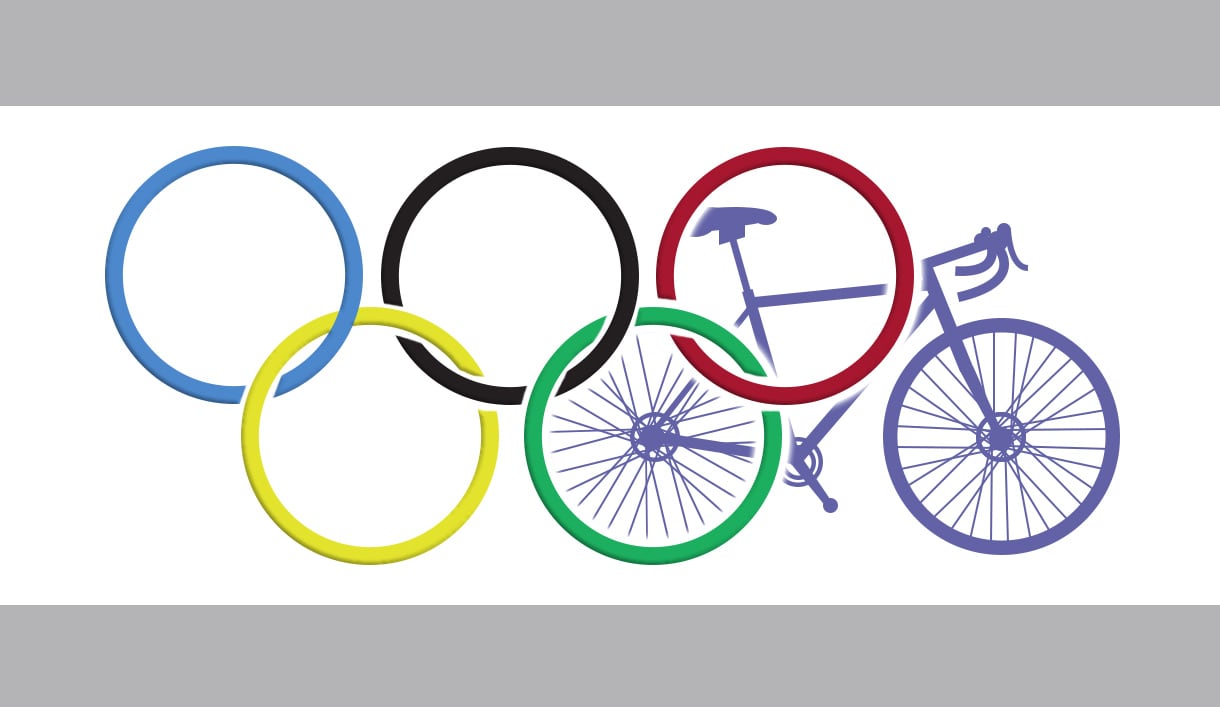
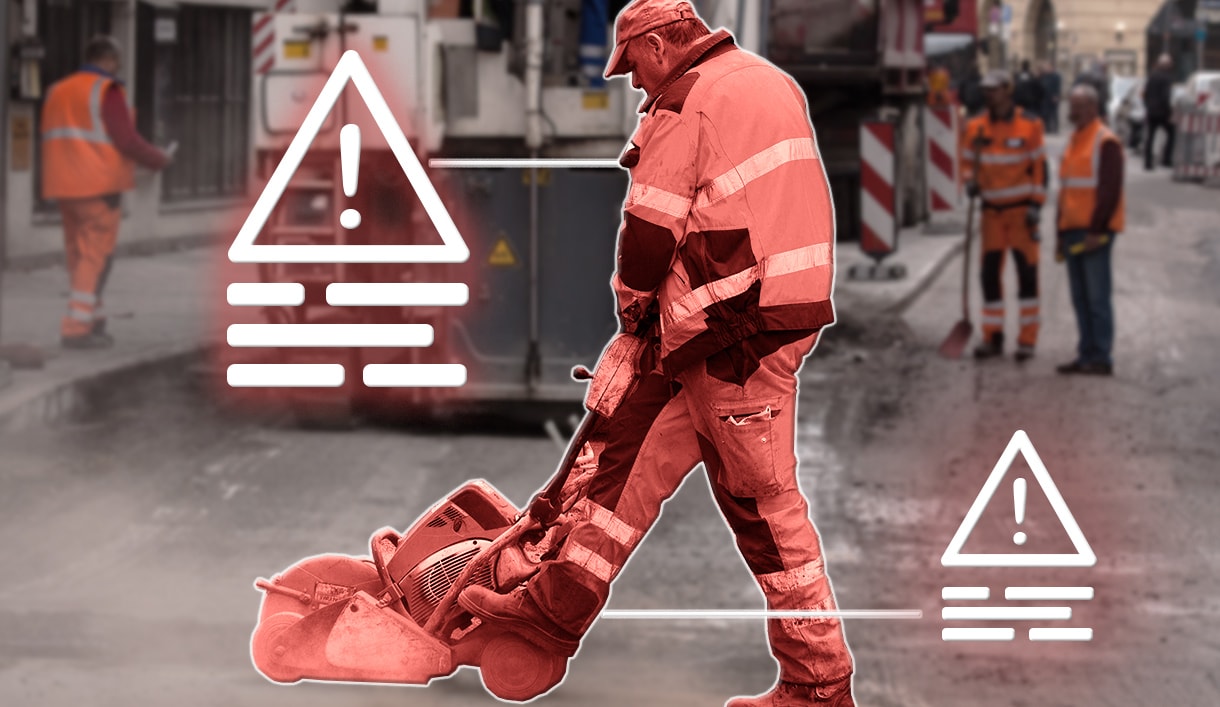
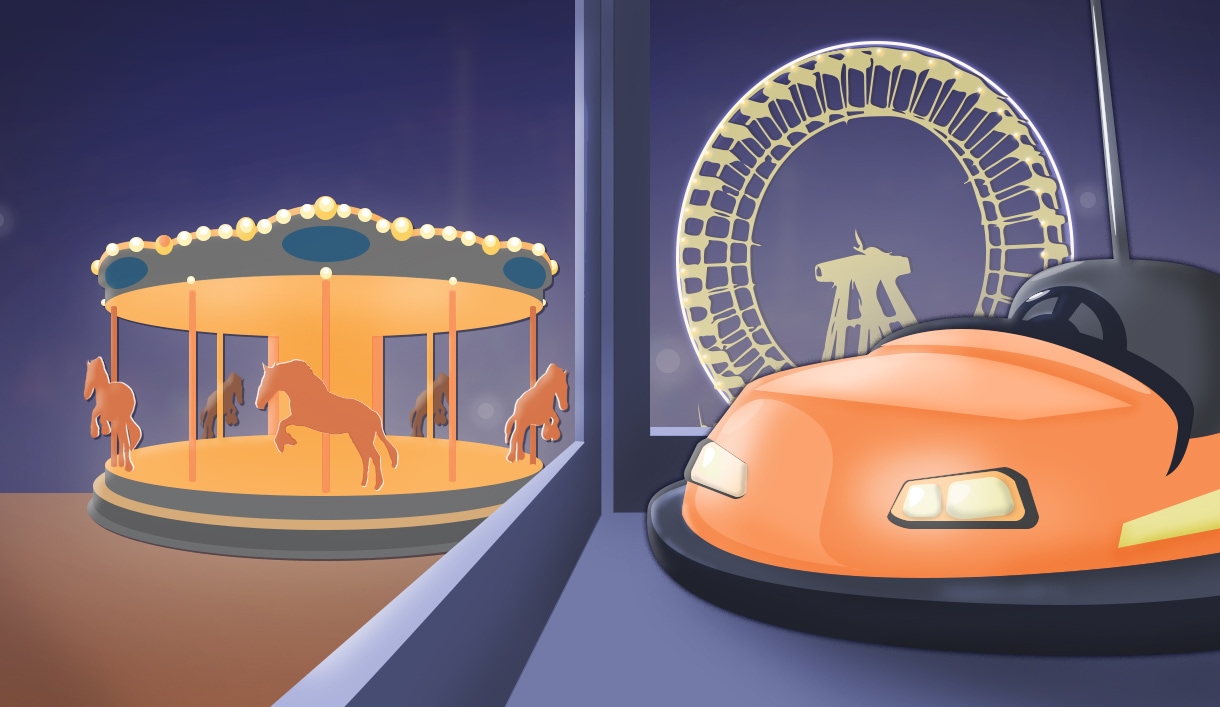
Leave a Reply
Want to join the discussion?Feel free to contribute!